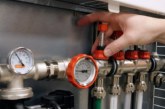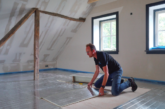
Darren Trivett, CEO of the Ridgespear Group, discusses some of the key considerations to specifying heat pumps and underfloor heating systems.
Concerns about the Government’s timescale for adopting a Net Zero future for domestic heating and motoring have some striking similarities, as well as major differences. The roll out of heat pump technology does not, for instance, depend on dramatically increasing the extraction of metals such as lithium from across the planet to manufacture batteries, though there is a geographical dimension to both ambitions across the UK.
As many drivers of electric cars have discovered when heading off for business or vacations, the number of charging points per vehicle is falling, leading to long queues in areas like the west country, while many millions will struggle to install a charger outside their home.
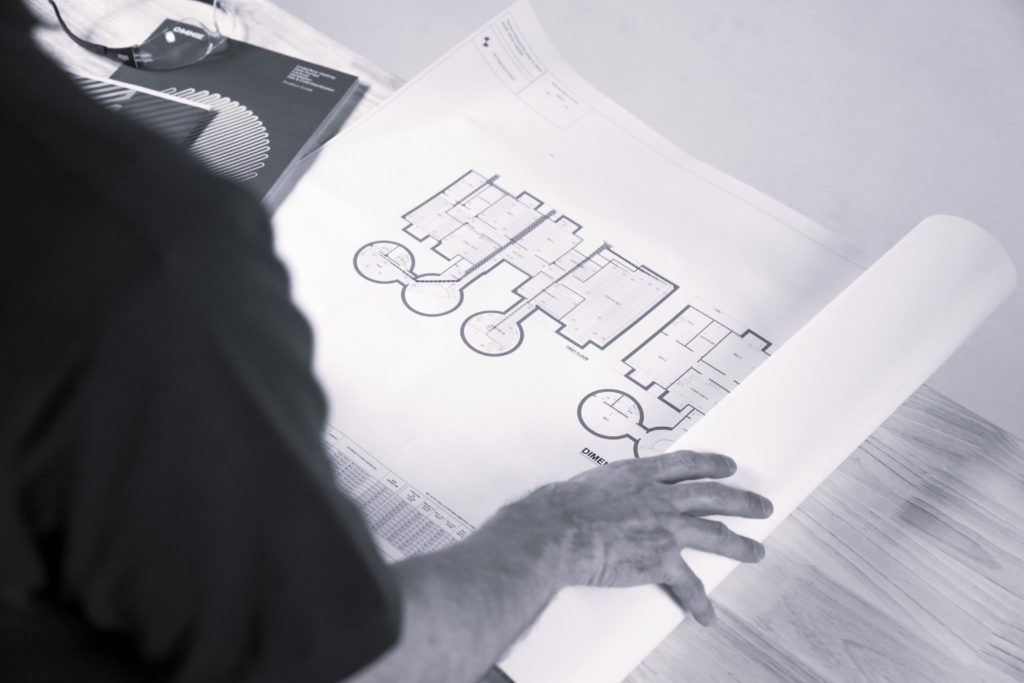 The challenge for heat pumps, in terms of infrastructure, is that in many parts of the country the National Grid cannot provide sufficient power and permission for connection is not always forthcoming and as the difference in the overall energy performance of our homes is highlighted by an EPC rating, neither a ground or air source heat pump will be suitable for every property, so an honest evaluation is therefore required from both installers and politicians.
The challenge for heat pumps, in terms of infrastructure, is that in many parts of the country the National Grid cannot provide sufficient power and permission for connection is not always forthcoming and as the difference in the overall energy performance of our homes is highlighted by an EPC rating, neither a ground or air source heat pump will be suitable for every property, so an honest evaluation is therefore required from both installers and politicians.
Likewise, customers need to be conscious of the fact many manufacturers seek to highlight the peak performance of their ranges over the average output, which can fall off dramatically in near-to-zero temperatures.
The adoption by the industry of clear performance labelling makes it easier for to be sure what flow temperature will be delivered by different models of air and ground source heat pumps, but running costs and occupant comfort are still dependent on the quality of design for both the product and the building specific solution.
Fabric heat losses and load must be accurately assessed and the emitters – preferably underfloor heating systems – must be correctly sized and installed.
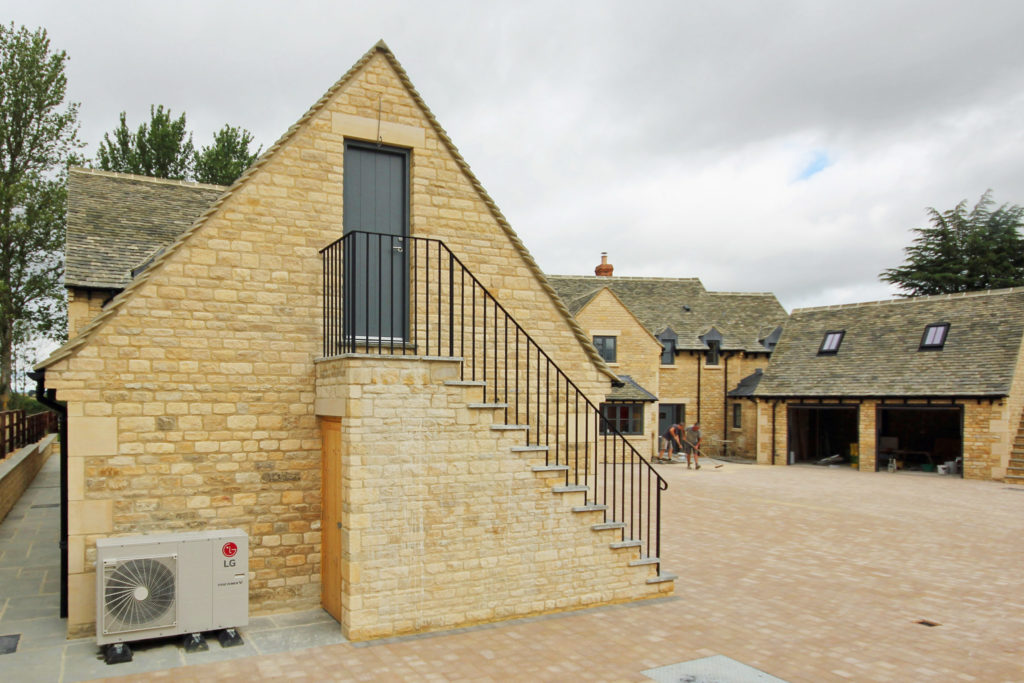 Incredibly, a recent Grand Designs episode showed Kevin McCloud watching a self-builder at the iconic Graven Hill site, tying heating pipework to the reinforcement for their ground floor concrete slab, where it was later punctured with a jack hammer. Even an over-deep screed can cause long warm-up delays and poor overall performance: hence the pipe’s distance from the surface and the planned type of floorcovering, must be carefully considered.
Incredibly, a recent Grand Designs episode showed Kevin McCloud watching a self-builder at the iconic Graven Hill site, tying heating pipework to the reinforcement for their ground floor concrete slab, where it was later punctured with a jack hammer. Even an over-deep screed can cause long warm-up delays and poor overall performance: hence the pipe’s distance from the surface and the planned type of floorcovering, must be carefully considered.
Although underfloor heating pipework clipped to rigid insulation a ‘wet’ screeded system remains very popular, particularly for domestic ground floor layouts, dry systems featuring very accurately produced floor panels, including those able to take the place of conventional particleboard decks, are increasingly being utilized for upper levels, in both new build and retrofit situations. These should also avoid the common problem of ‘thermal striping’ where pipe runs are spaced too far apart, leading to poor heat distribution and comfort levels.
The top performing panels have precision routed channel profiles and special foil diffuser layers to optimize the heat output from pipe runs, while the latest generation even include a routed overlay board whose top surface indicates where it is safe to position fixings.
Other types of UFH system and ancillary products have been developed specifically to suit situations where there’s a desire to minimize overall floor buildeight – perhaps where door heights and skirting boards cannot be changed – or where it is intended to install ceramic tiling as the floor finish.
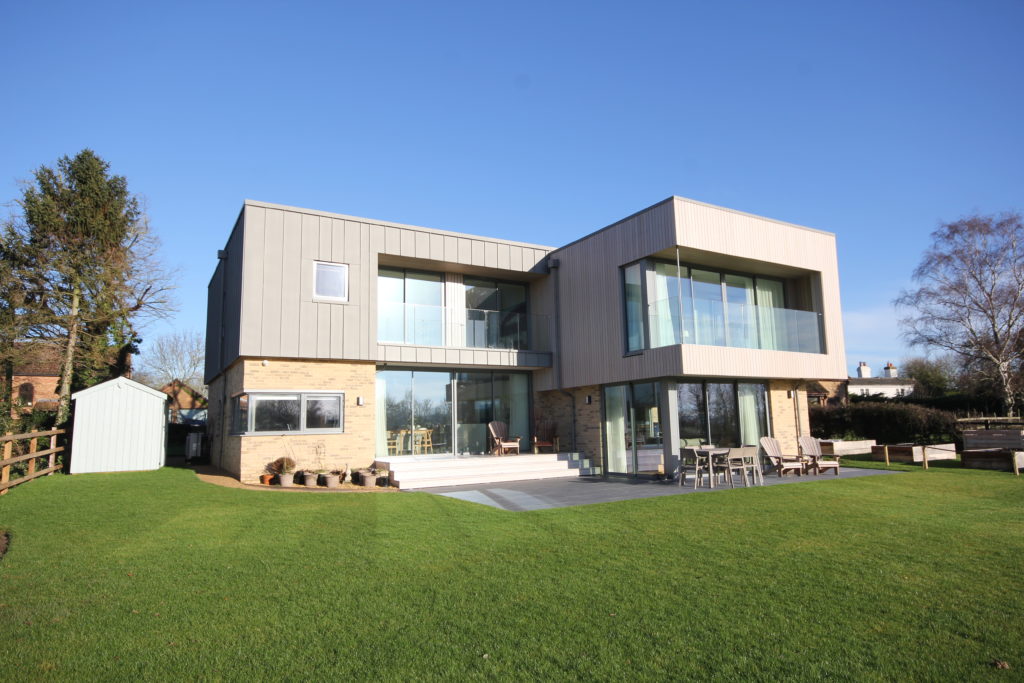 Crucially then, specifying the correct type of emitter throughout a property can not only offer good levels of comfort, but also achieve this at lower flow temperatures which also enable heat pumps to operate at high efficiency levels. In fact, heat pumps generally give optimum performance when allowed to run for longer periods: which can also cut wear on the compressor, while reducing the spikes in power demand which concern electricity providers and the Grid.
Crucially then, specifying the correct type of emitter throughout a property can not only offer good levels of comfort, but also achieve this at lower flow temperatures which also enable heat pumps to operate at high efficiency levels. In fact, heat pumps generally give optimum performance when allowed to run for longer periods: which can also cut wear on the compressor, while reducing the spikes in power demand which concern electricity providers and the Grid.
While a well installed heat pump should always result in lower carbon emissions than a gas boiler meeting the same design loads, longevity is also very important to the whole-life equation and this product life can be enhanced by good installer training, ensuring that the system is properly commissioned (preferably by the manufacturer’s own engineers) and carrying out the required maintenance.
The past winter, where cold but calm weather compounded the impact of European-wide gas shortages, emphasised the fragility of our energy security and therefore the need to increase efficiencies. Customers, from individual homeowners to housebuilders and social housing providers should seek to engage with manufacturers and installers who have the experience and integrity to offer appropriate, whole-house solutions featuring high performance heat pumps, emitters and controls.

